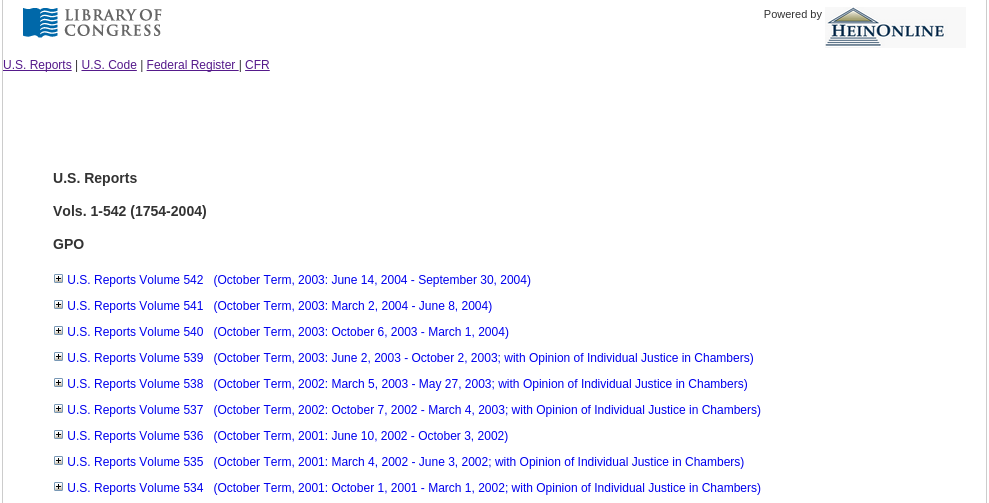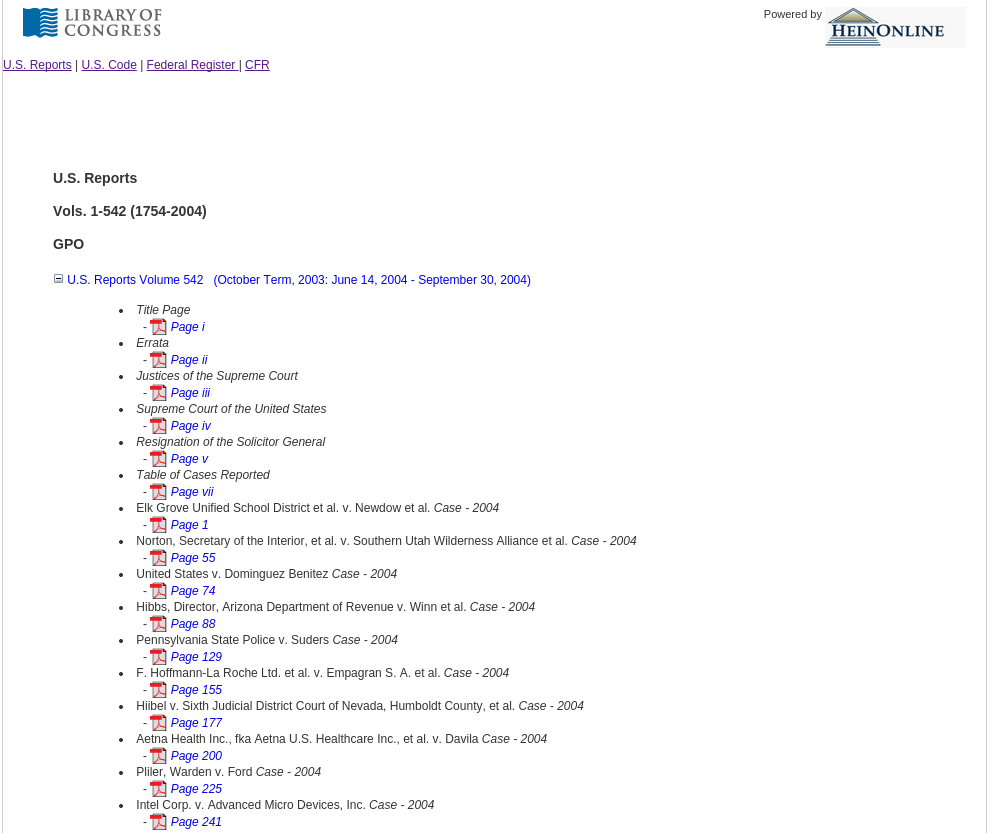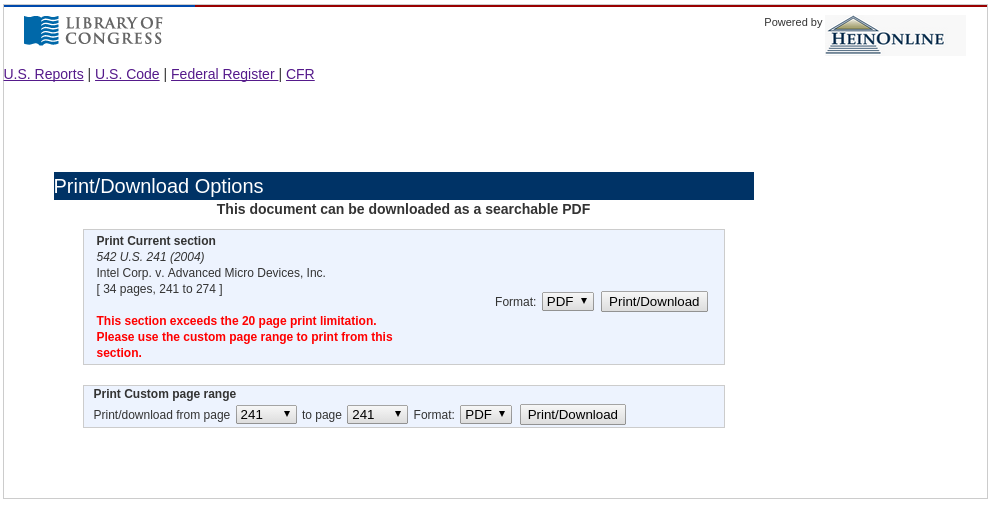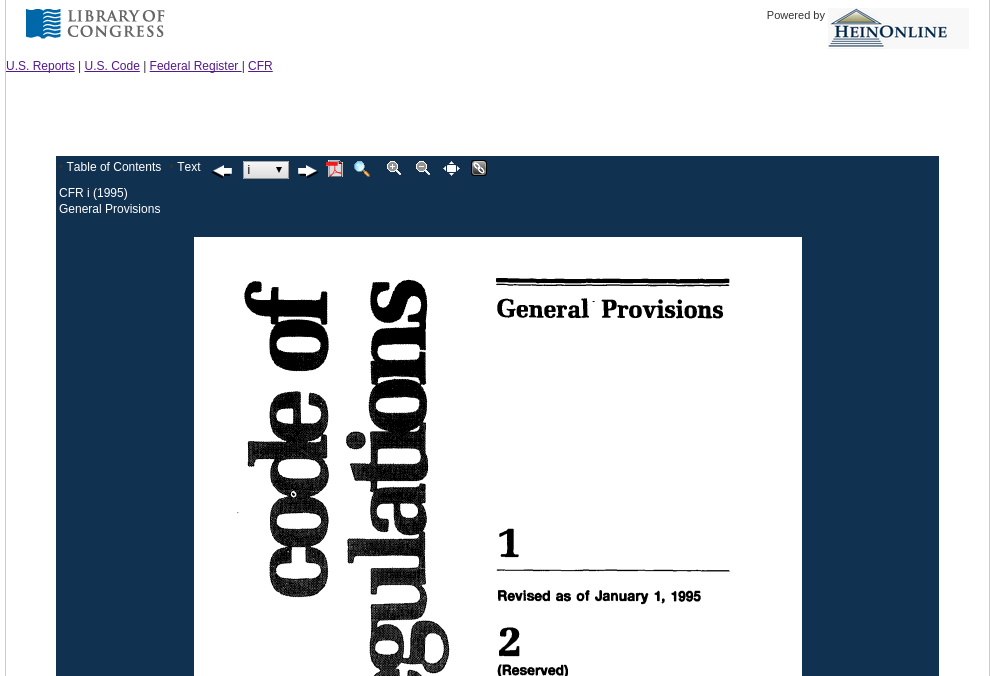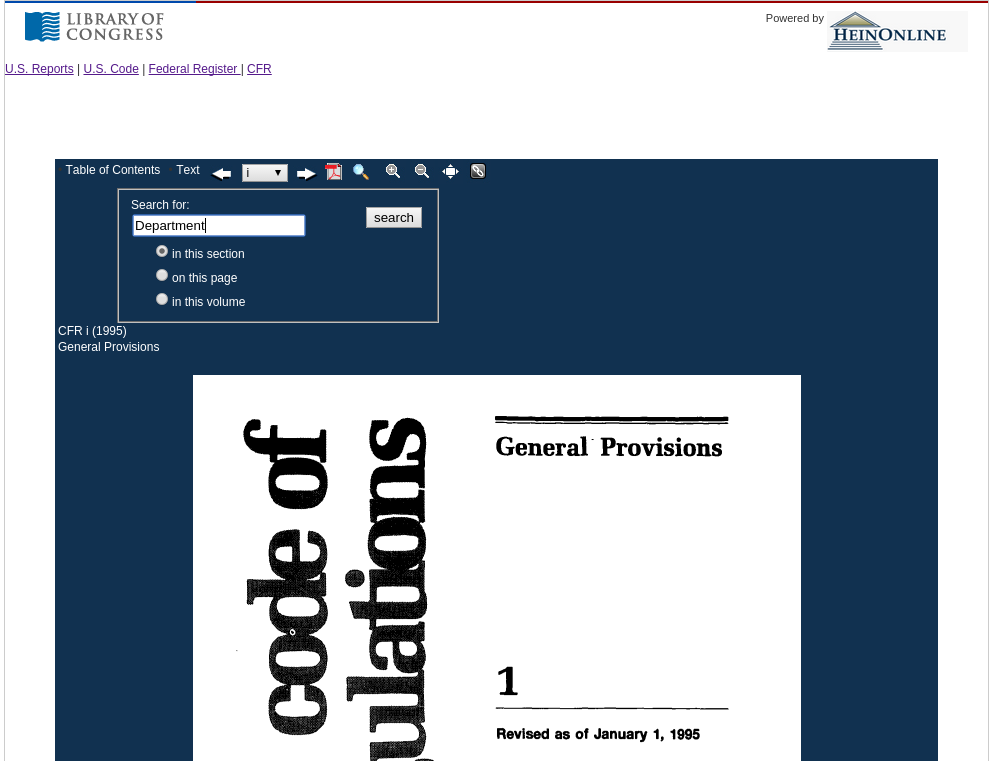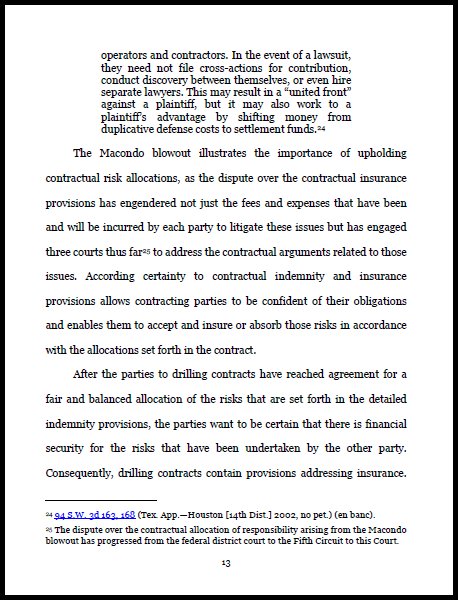The site legislation.gov.uk appears to be a standard legal access site, albeit from 1267 CE to present.
Its Changes made by legislation enacted from 2002 – present is useful but suffers from presenting changes to texts with tables.
Next year will be the 30th anniversary of the publication of ISO 8879, the SGML standard and texts are still aligned with tables to show changes. There have been better ways to present changes, HyTime, XML with XLink/Xpointer, and more recent additions to the XML family such as XPath and XQuery.
Inline presentation of changes with a navigation aid to choose the source of changes would be far more intuitive. Perhaps in a future version of this resource.
I say in a future version of this site because of the following description of the hopes for this site:
In 2014 big data moved centre stage, with the Arts and Humanities Research Council-funded Data for Law project, which was launched to facilitate socio-economic research and identify patterns in the way we legislate. This involves digitising the entire statute book and presenting the data so that all UK legislation can be analysed, together with publicly available data from legal publishers such as LexisNexis and Westlaw.
‘It’s better to count than to guess,’ observes David Howarth, a legal academic and former MP who co-leads the project. ‘Big Data for Law will provide the most comprehensive record of all UK legislation ever created, together with analytical tools. Although these will be most useful for the public sector, government, researchers and policy-makers, it is also useful to law firms, particularly those with public policy practices who will be able to gain insights into the changing regulatory environment.’
Firms and lawyers will be able to use the Big Data for Law resources to identify patterns and trends in particular areas of legislation. An important consideration is to publish the data in a form that will enable researchers to work with it effectively – and present their findings clearly.
Another part of the project uses big data as a design tool, to identify patterns within statutes – combinations of rules that are used repeatedly to meet policy goals. This is effectively extracting the structure of legislation and thinking about how it can be reused. Howarth suggests that law firms could also apply this approach to legal documents.
John Sheridan, head of legislation services for the National Archives and senior investigator for the Big Data for Law project, highlights the importance of creating tools and methods that are accessible to those without deep statistical knowledge as well as developing pre-packaged analysis that researchers and others can use and cite in documents: ‘For example, we can plot fluctuations in the number of laws made year on year, and in the length of the text.
‘We can discover how modular legislation is in particular areas and frequency of legislative change. We can also examine the language of law which uncovers the topics of the day and reflects major global events and political and economic trends.’
Mapping the statute book identifies commonly recurring themes and language patterns. Sheridan and his team have identified patterns for licensing, prohibition, regulators, tax and so on, with the purpose of enabling interested parties to quickly gain an understanding of a particular legislative development and identify commonly occurring solutions to particular issues.
The ability to search the entirety of UK legislation using time-based parameters and particular words and phrases makes it straightforward to find relevant laws pertaining to a specific issue, which is particularly useful to parties involved in litigation. Sheridan underlines the importance of visual presentation to plot patterns and trends, and the ability to drill down into the detail.
Isn’t that an extraordinary description of the potential for a public access to legislation site?
Patterns in legislation? Policy goals linked to external events? Language analysis?
I didn’t see any of those features, yet, but assume that they will be forthcoming.
